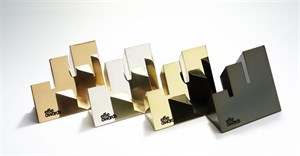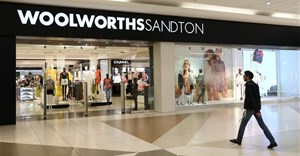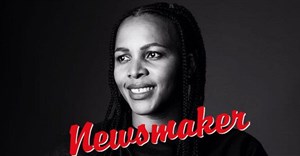
Related





Cult vs. Culture
Terri-Leigh Cassel & Mike dos Santos 26 Jul 2021


How Jameson mixed up their marketing efforts during Covid-19
Beatrice Marfleet 31 Mar 2021

In recent years, many brands across a wide range of product and service categories - including alcoholic beverages, travel, personal care, automotive, financial services and pharmaceuticals - have invested significantly in targeting LGBT consumers.
While the field of LGBT marketing is well over two decades old, it remains a relatively untapped concept in many countries worldwide, including South Africa. This is despite the fact that 2016 will mark 20 years since the approval of South Africa's Constitution (the first in the world to outlaw discrimination based on sexual orientation), in addition to 10 years since the legalisation of same-sex marriage in the country - which, at the time, made South Africa the fifth country in the world (and to date, the only country in Africa) to implement marriage equality for all of its citizens.
One of the key advantages as South African marketers, however, is that we have the opportunity to learn from the successes (and conversely, the failures) of international brands in their attempts at engaging the LGBT market over the years. Indeed, we have also witnessed a number of local success stories in recent times, with a variety of brands (including Budget Car Rental, Lovoka Vodka, Ster-Kinekor, Club Travel and Exclusive Books) having made more concerted and fruitful efforts at targeting LGBT consumers.
Nonetheless, there is still much to be learned in this regard.The key question is: What do we need to bear in mind (and avoid), as marketers, when trying to attract the so-called "Pink Rand"? To this end, let's now examine one of the most frequent marketing blunders encountered by global and local brands with regards to targeting the LGBT consumer.
It is surprising to note how many brands have been slow to realise the latent impact and value of the LGBT market on their turnover and profitability. According to the recently released "LBM Gay Consumer Profile" (an in-depth and independently audited overview of the local gay and lesbian consumer landscape by boutique marketing and advertising agency Lunch Box Media), around 57% of gay and lesbian consumers in South Africa feel that they are being ignored by marketers.
It is also worth noting that the same study (congruent with similar studies undertaken in other countries) found these consumers to have a substantially higher-than-average disposable income. Thus, by not targeting LGBT consumers, many brands are essentially overlooking a sizeable demographic with significant spending power. Considering the gay and lesbian population specifically, recent estimates indicate that the total in South Africa currently sits at around 5 million people. Put into perspective, this equates to a consumer base roughly the size of the total combined populations of Cape Town and Pretoria!
The key is to be LGBT-inclusive, where relevant. Simultaneously, however, it is also crucial to avoid falling into the trap of "inclusive exclusion": the belief that reaching LGBT consumers incidentally through mainstream media and general market campaigns alone is enough to engage them and ensure their business and loyalty. While this may be true in some cases, global studies consistently suggest that taking the time to craft well-targeted and relevant LGBT-specific communication and activations can go a long way towards showing awareness of (and sensitivity towards) their specific needs and issues.
A report by Toronto-based agency RIVET Global suggests that with the negativity, social marginalisation and prejudice often faced by LGBT people (even in more accepting and liberal societies), these individuals are increasingly paying attention to brands that appear to be allies. ANZ New Zealand Bank's "GAYTMs", which debuted during the 2015 Auckland Pride Festival, are a good example in this regard. Rather than just paying lip service to LGBT consumers, the tactical ATMs actually served to benefit the city's LGBT community, with proceeds from the use of non-ANZ customer cards being donated to OUTline, a local counselling and support service for LGBT individuals.
At the end of the day, regardless of whether we are targeting straight, gay, lesbian, bisexual or transgendered people in our marketing and communication, we need to remember one fundamental point: we are talking to real human beings for whom real human truths resonate; real people with real lives, who essentially want and expect the exact same things out of life that all other people do.

